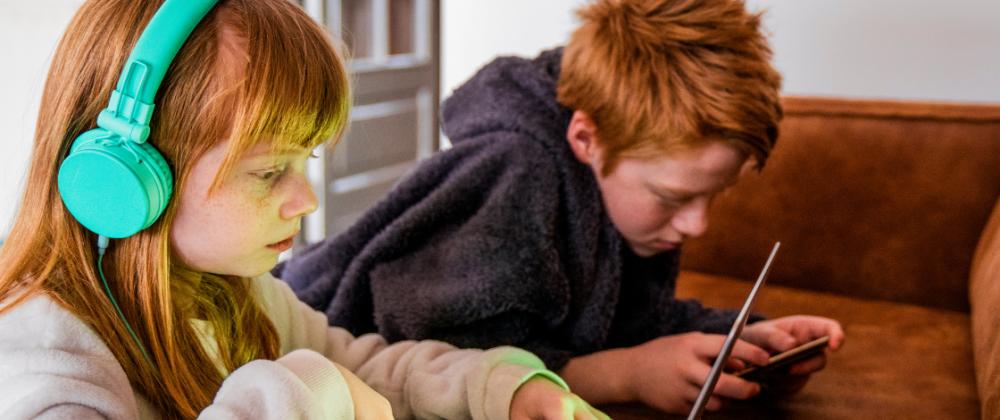Fake News, Misinformation and Disinformation - What Schools Need to Know

In today’s digital world, young people are bombarded with information every time they go online - but not all of it is true. Some content is simply inaccurate, some is deliberately misleading, and some is designed to cause harm.
For educators and parents, understanding the difference and helping children to do the same is an essential part of safeguarding.
What’s the Difference?
Disinformation: False information created on purpose to mislead, often by individuals or groups pushing an agenda.
Misinformation: False information that is shared without intent to mislead.
Fake news: A broad, popular term often used to describe either of the above when dressed up as credible reporting.
Why It Matters
These aren’t just harmless rumours. Disinformation and misinformation can:
Spread hatred, intolerance or conspiracy theories.
Influence vulnerable young people.
Cause distress or confusion when presented as fact.
Undermine trust in genuine information sources.
Extremist groups use false narratives online to try to radicalise or manipulate young audiences.
Risks for Children and Young People
They may believe false content and repeat it as truth.
They may encounter extremist or hateful material online.
They may feel upset or unsafe when exposed to shocking or misleading claims.
Many do not have the skills or confidence to challenge what they see.
What Schools Can Do
Safeguarding in the digital age means building students’ media literacy from the earliest age.
Teach critical thinking such as how to spot bias, fact-check, and question credibility.
Embed into curriculum. Use RSHE, Citizenship, or ICT lessons to address online safety and digital resilience.
Signpost resources with programmes like Be Internet Citizens, Be Internet Legends, and NSPCC’s Trust Me provide practical activities.
Create safe spaces and encourage children to talk about what they see online and support them if they feel upset or unsure.
Helping children recognise fake news isn’t about turning them into sceptics. It’s about equipping them, giving them the tools to be thoughtful, safe, and resilient digital citizens. By tackling misinformation head-on, schools can empower pupils to make sense of the online world and protect them from the risks of harmful narratives.
Educate Against Hate article can be found here.
Safeguarding Network materials on Online Safety can be found here.
Sign up for our free safeguarding Bulletin
Interested in membership?
Join over 3,500 DSLs and nearly 40,000 staff in 1,500 education settings receiving high value support, consultancy and the tools you need to keep the children in your care safe.
Shopping cart
Action Required
